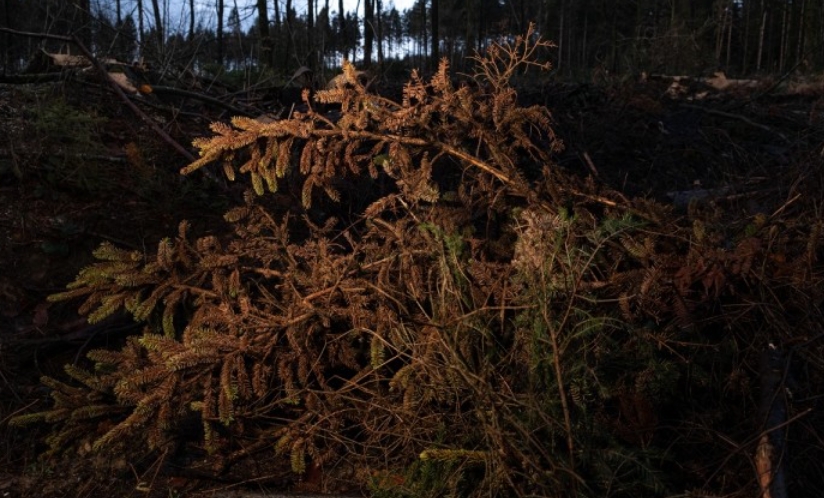Tree mortality in forests has increased by 54% in ten years

Spring drought, heat wave and violent summer fires… In 2022, extreme climatic episodes bruised more than 70,000 hectares of French forests. In its annual inventory, the National Institute for Geographic and Forest Information (IGN) reveals a 54% increase in tree mortality over the last decade.
This increase “is linked to the recurrence of episodes of drought and climatic conditions that are both difficult for the trees and conducive to xylophagous insects”, specifies the forest inventory. Chestnut and ash are the species most affected by this excess mortality, along with Norway spruce. In the Ardennes, the specimens of this one fall by the thousands under the attacks of a small beetle, called bark beetle.
Yet more numerous and varied forests
For more than a century, however, the surface of the forest has continued to increase. In 1908, it covered only 19% of metropolitan territory, with nearly 10 million hectares. It now occupies more than 31%, with 17.1 million hectares. Thus, only five departments have an afforestation rate of less than 10%. These are the Manche, the Vendée, the Mayenne, the Pas-de-Calais and the Deux-Sèvres.
In 47% of the forest area, a tree species occupies more than 75% of the overstorey canopy. We then speak of “monospecific” stands. Down on 2017 (51% of the forest), this figure reflects the trend towards increased diversity of stands. “At the regional level, the forests of north-eastern France and the central massif are more diversified”, details the report, unlike the Landes massif almost exclusively inhabited by maritime pines.
All of this data, compiled by IGN researchers, is essential for “measuring the evolution of forests and their roles, in particular those of carbon sequestration and biodiversity reservoir”.